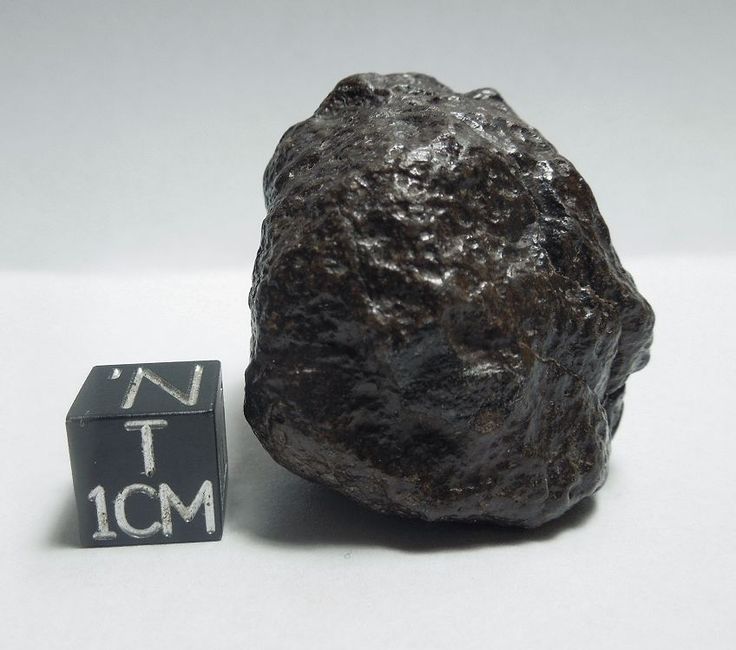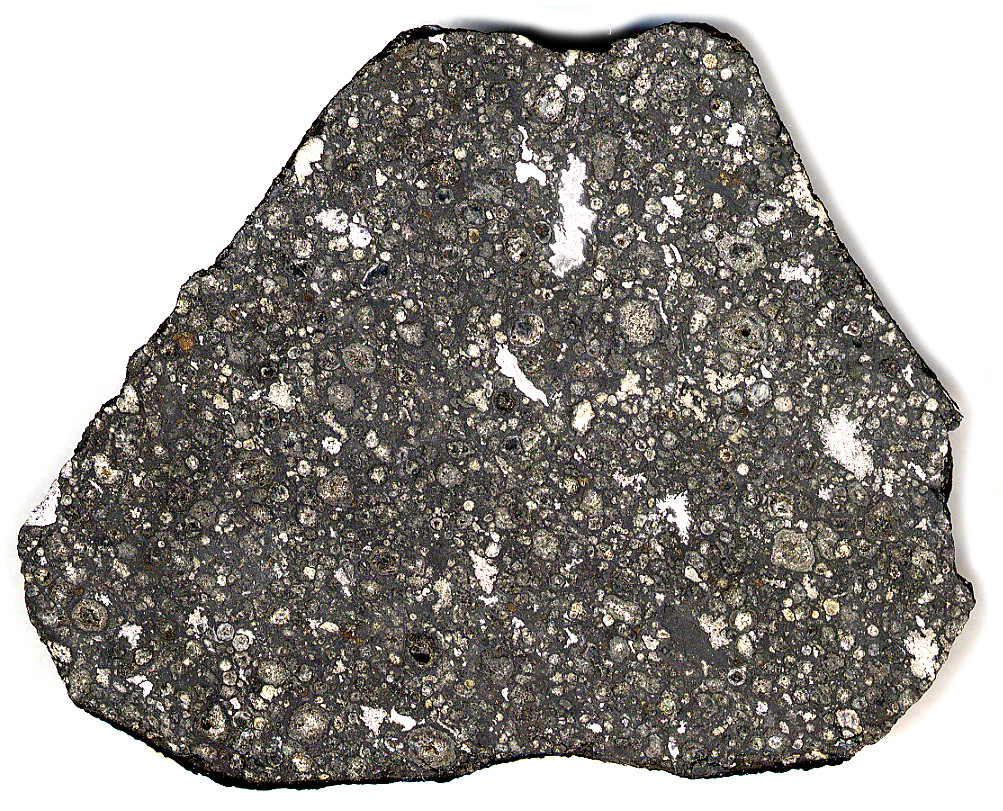

Sometimes, meteor dust is captured by high-altitude aircraft and analyzed in NASA laboratories. Most of this comet debris is between the size of a grain of sand and a pea and burns up in the atmosphere before reaching the ground. Other notable meteor showers include the Leonids, associated with comet Tempel-Tuttle the Aquarids and Orionids, linked to comet Halley, and the Taurids, associated with comet Encke.

Every Perseid meteor is a tiny piece of the comet Swift-Tuttle, which swings by the Sun every 135 years. Perhaps the most famous are the Perseids, which peak around August 12 every year. Meteor showers are usually named after a star or constellation that is close to where the meteors appear to originate in the sky. Some meteor showers occur annually or at regular intervals as the Earth passes through the trail of dusty debris left by a comet (and, in a few cases, asteroids). When there are lots more meteors, you’re watching a meteor shower. Several meteors per hour can usually be seen on any given night. When a meteoroid survives its trip through the atmosphere and hits the ground, it’s called a meteorite. This is also when we refer to them as “shooting stars.” Sometimes meteors can even appear brighter than Venus - that’s when we call them “fireballs.” Scientists estimate that about 48.5 tons (44,000 kilograms) of meteoritic material falls on Earth each day. When meteoroids enter Earth’s atmosphere, or that of another planet, like Mars, at high speed and burn up, they’re called meteors. Some meteoroids are rocky, while others are metallic, or combinations of rock and metal. Some come from comets, others from asteroids, and some even come from the Moon and other planets. Most are pieces of other, larger bodies that have been broken or blasted off. If you found your rock in a desert environment, consider whether its black surface might be desert varnish.NASA astronomer Peter Jenniskens with a asteroid meteorite found in the Nubian Desert of northern Sudan. Rocks in the desert will sometimes develop a shiny black exterior that looks similar to fusion crust.The fusion crust may look like a black eggshell coating the rock.If your rock does not have a fusion crust, it is most likely not a meteorite.A fusion crust will most likely be smooth and featureless, though it may also include ripple marks and "droplets" where molten stone had moved and resolidified.government agency responsible for conducting scientific research on the nation's land, natural resources, and natural disasters Go to source If your rock’s surface looks like it has melted and shifted, it may be a meteorite.

As rocks pass through the Earth’s atmosphere, their surfaces begin to melt and air pressure forces the molten material back, leaving a featureless, melt-like surface called a fusion crust. Determine whether the rock has a fusion crust.


 0 kommentar(er)
0 kommentar(er)
